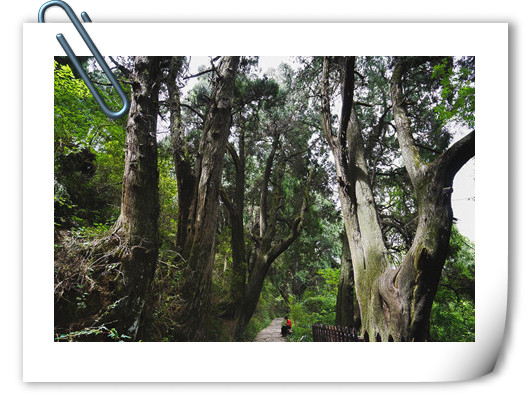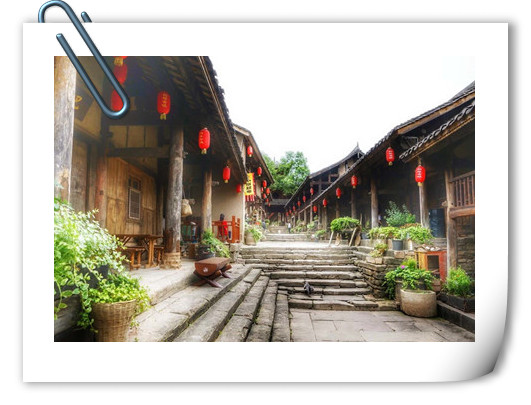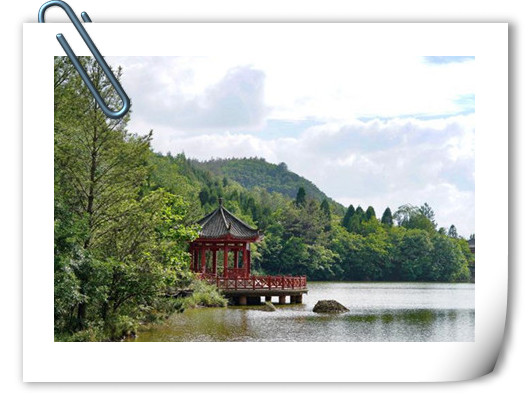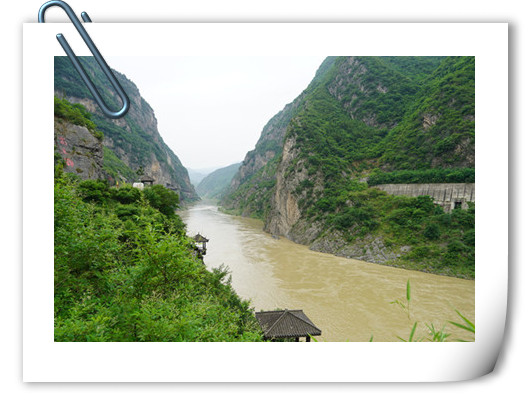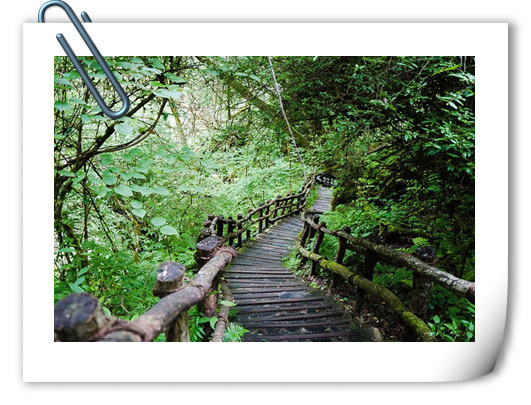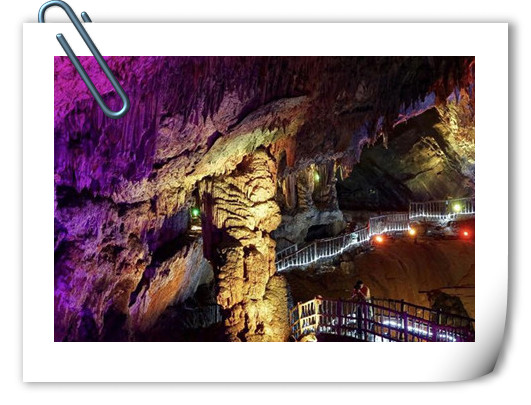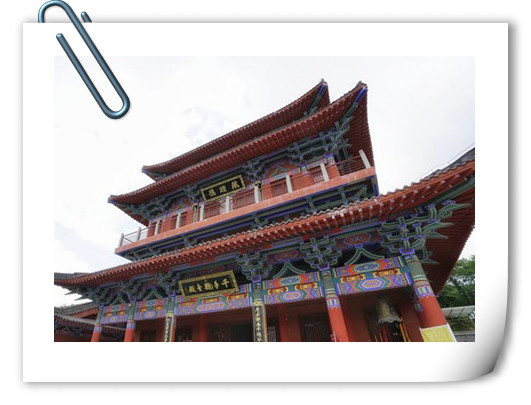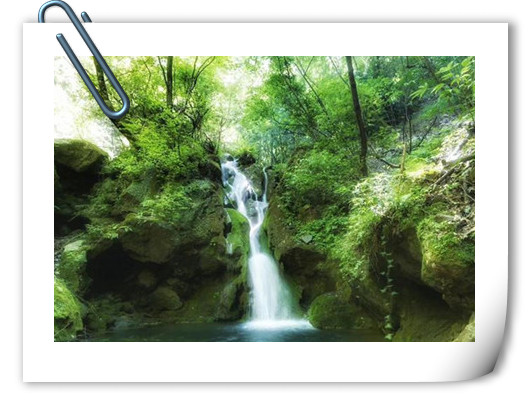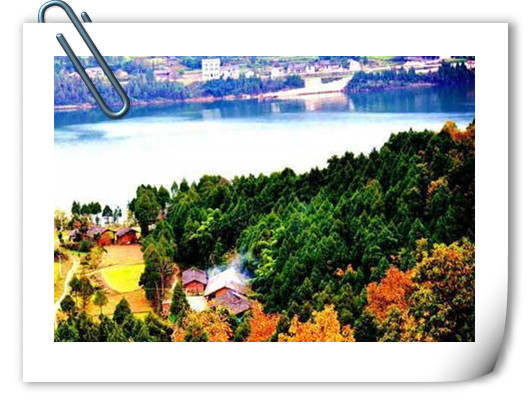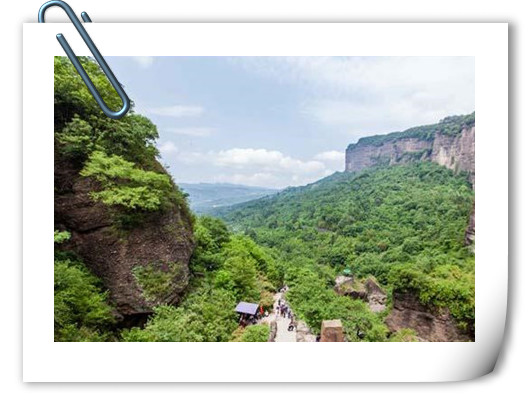Scenic Guangyuan in northern Sichuan
- By Liu Sitong
 0 Comment(s)
0 Comment(s) Print
Print E-mail China.org.cn, June 4, 2018
E-mail China.org.cn, June 4, 2018
Editor's note :
Guangyuan city abounds in clear water and verdant mountains and hills across the 16,300 square kilometers of land in northern Sichuan, where the southwestern province borders Gansu and Shaanxi. The temperatures change within a comfortable range all year round, presenting a pleasing environment for short stays or longer-term residences.
Boasting well-preserved natural environment, the city has built its development strategies around green economy, which in turn, benefits the environment protection efforts.
Four railways and three expressways converging in Guangyuan offer better accessibility to the rich tourism resources around the prefecture-level city, including scenic sites and cultural relic sites of nation level.
Following are some of the most impressive attractions in Guangyuan. (click picture for more and larger images)
Ancient cypress path | Bailin'gou ancient town | |
|
| |
Lined by thousands of ancient cypresses, Cuiyunlang comprises part of Sichuan's ancient road system. Centering the Jian'ge ancient town, the winding green belt reaches Zitong to the west, Zhaohua to the north, and Langzhong to the south. The towering cypresses cast cool shade and create serene views. | The Bailin'gou ancient town provides rich cultural heritage and idyllic country life amid soothing natural scenery, covered with lush cypress forests. Once a major link on the ancient road system of Sichuan, the 1,900-year-old town continues to enjoy convenient transport today, accessible via the Guangyuan-Nanchong expressway and Lanzhou-Chongqing railway. | |
| Serene Tianzhao Mountain | Mingyue Gorge | |
|
| |
Tianzhao Mountain national forest park offers lush vegetation among rolling peaks and rich biodiversity. It is culturally important for rich Buddhist and Taoist heritage and its association with Wu Zetian, the only Empress in Chinese history who visited the mountain at young ages. | Dubbed the museum of transport of China, Mingyue Gorge scenic area sees junction of Jialing River, Baoji-Chengdu railway, national highway 108, and the ancient plank roads and pathways for boat trackers. Fossils of marine life discovered at the area hold international significance. Many important stratotypes can be found here as well. | |
| Zengjiashan geological park | Xuexi Cave | |
|
| |
Zengjiashan geological park provides numerous geological wonders and pristine natural environment that nurtures rich biodiversity and presents an ideal site for growing organic food. The Shisunping area boasts striking stone forest scenery and cultural relics dating back 5,000 years. | The underground Xuexi Cave is a magnificent karst formation stretching for 8,000 meters. Inside the cave are splendid stalactites and stalagmites waiting for exploration; outside are the luxuriant forests covering the banks of the Qianxi River, an influent of the Jialing River, largest tributary of Yangtze River by drainage area. | |
Fantian Temple | Shuimogou scenic area | |
|
| |
Taking up 3,000 square meters on Tianzhao Mountain, Fantian Temple embodies the distinct features of royal architecture in Tang Dynasty. Known as the site for Wu Zetian, China's only Empress, to pay tribute to Buddha, it is now a place for pilgrimage and temple fairs. Breathtaking sceneries in the surroundings lure holidaymakers each summer. | The 40 square kilometers scenic site is covered by forests, valleys, meadows, karst landforms, waterfalls, streams and lakes. The serene and diverse landscape is scarcely populated and instead called home by large numbers of rare animal and plant species, presenting an ideal outdoor adventure experience. | |
| Zhaohua ancient city | Jianmenguan scenic area | |
|
| |
Zhaohua ancient city is one of the better-preserved ancient towns in China. It is a convenient site to check out for those who visit the ancient road accessibility system known as Shu Dao near Jianmen Pass. | Jianmenguan scenic area offers rich cultural heritage and tremendous natural landscape. Jianmen Pass and cypress lined ancient road system Cuiyunlang - two major attractions of the area - evoked romantic ideas of Chinese poets including Tang Dynasty greats Li Bai and Du Fu. |
